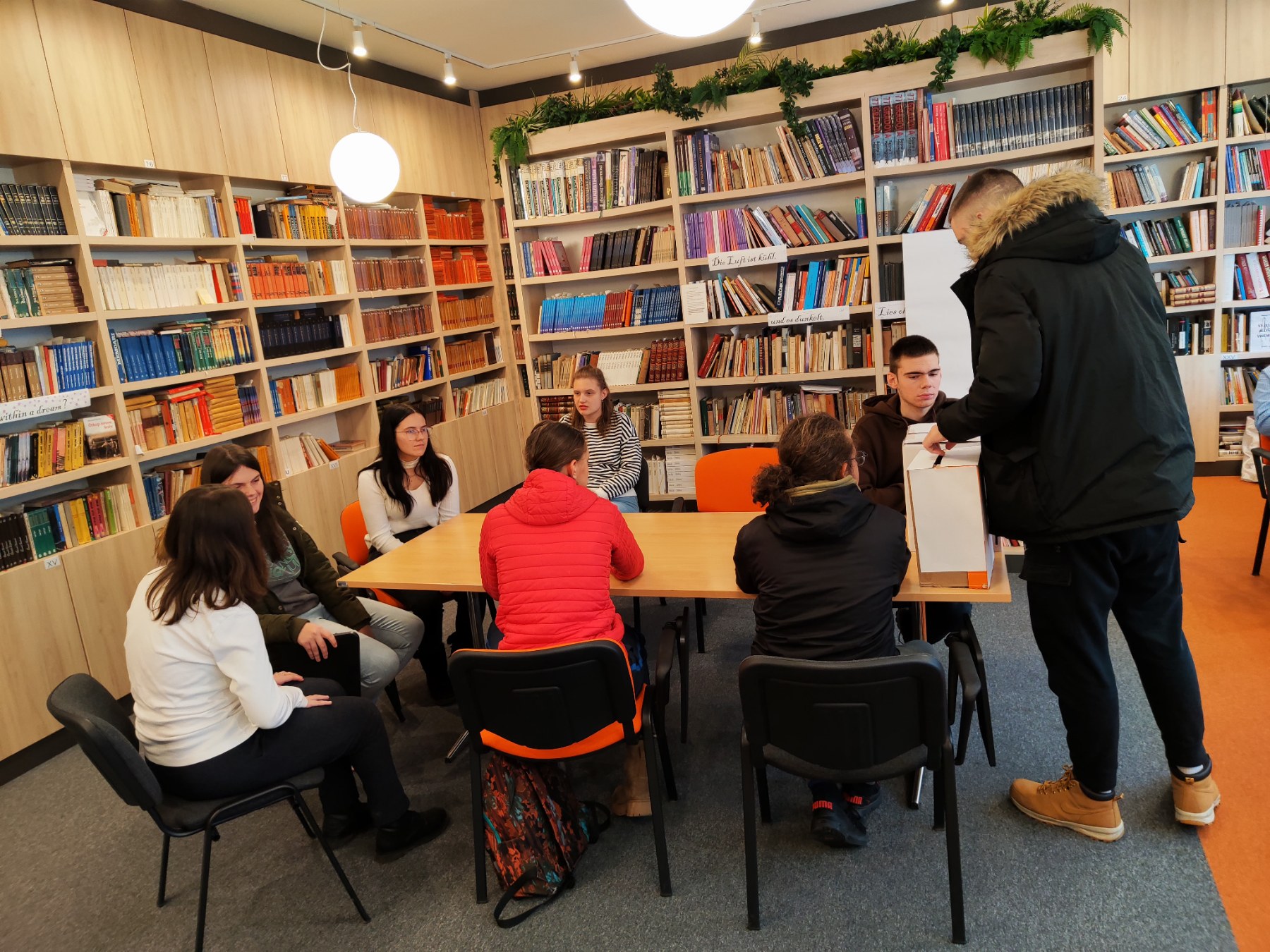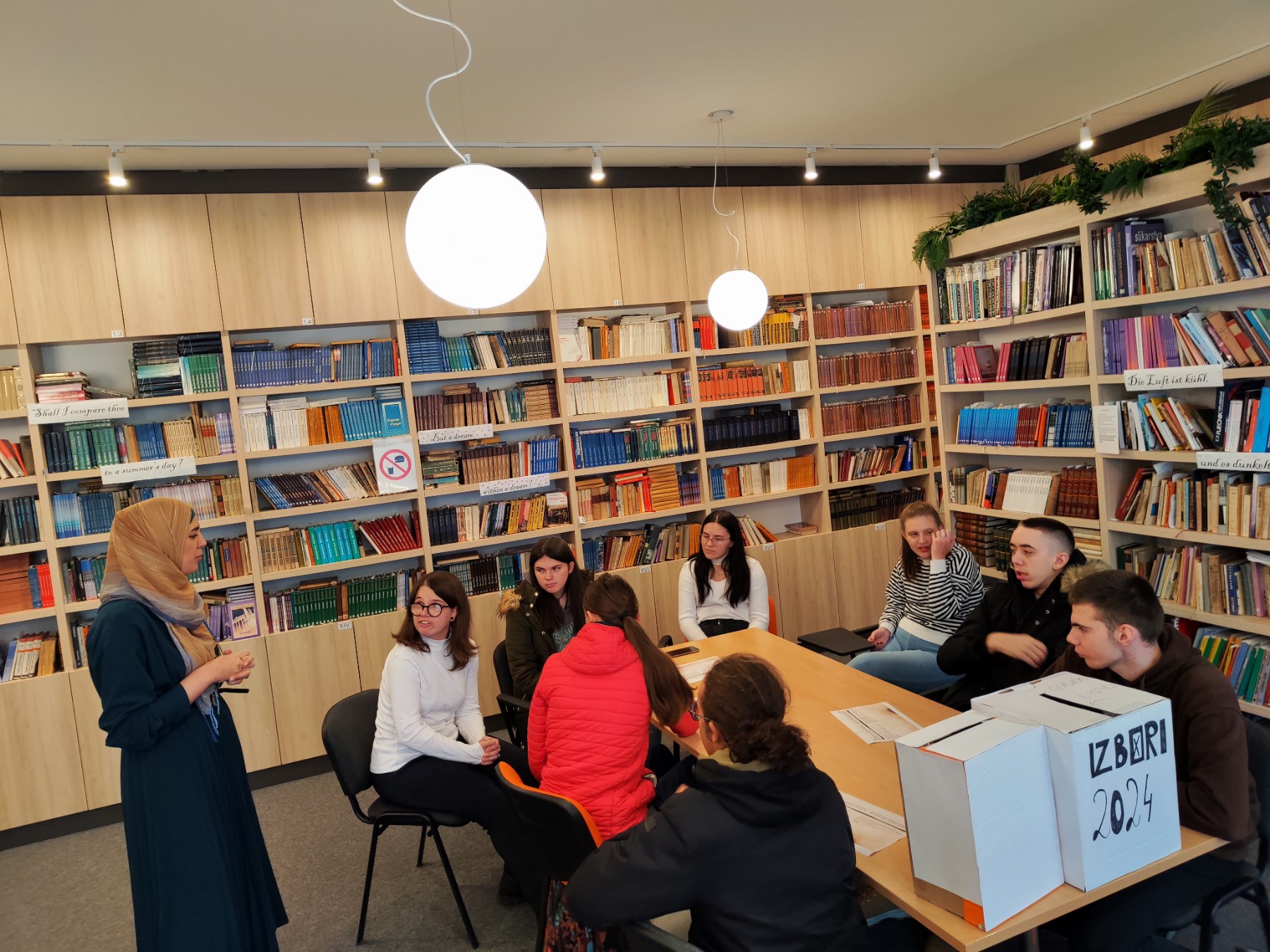The purpose of this activity was to enable students with developmental disabilities to learn about the basic principles of the political system and the importance of democratic processes. Through this activity, students gained fundamental knowledge about elections, who can vote, the process of voting, and how elections are organized. It also gave them the opportunity to practice an important life skill – making decisions and participating in social processes.
Goal: To educate students with developmental disabilities about the basics of the political system, the electoral process, and the importance of their participation in society.
Problem to solve: This practice was introduced to give students an understanding of the political system, as they often lack opportunities to learn about democratic processes and their role in society.




